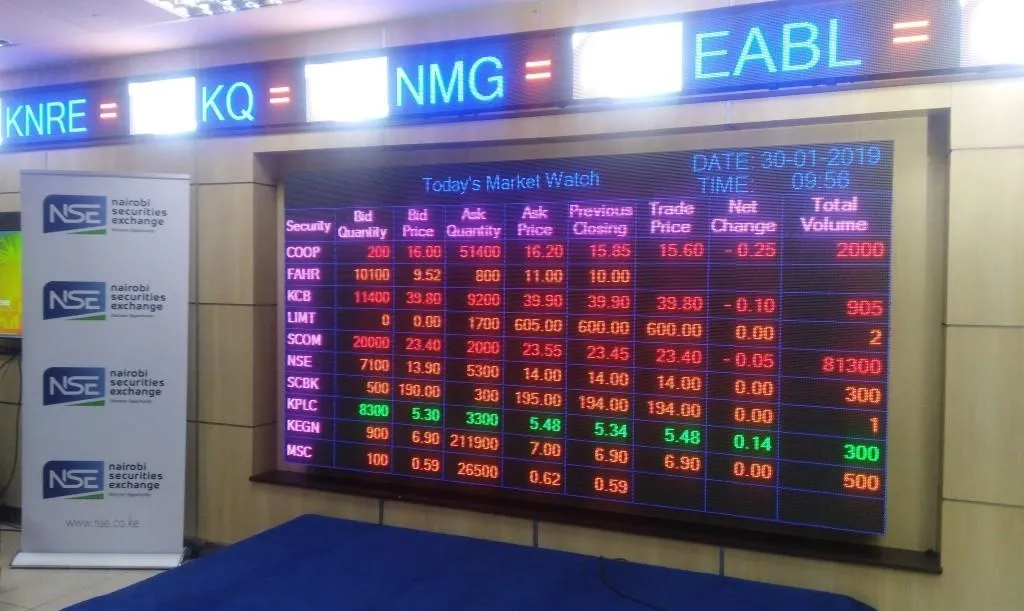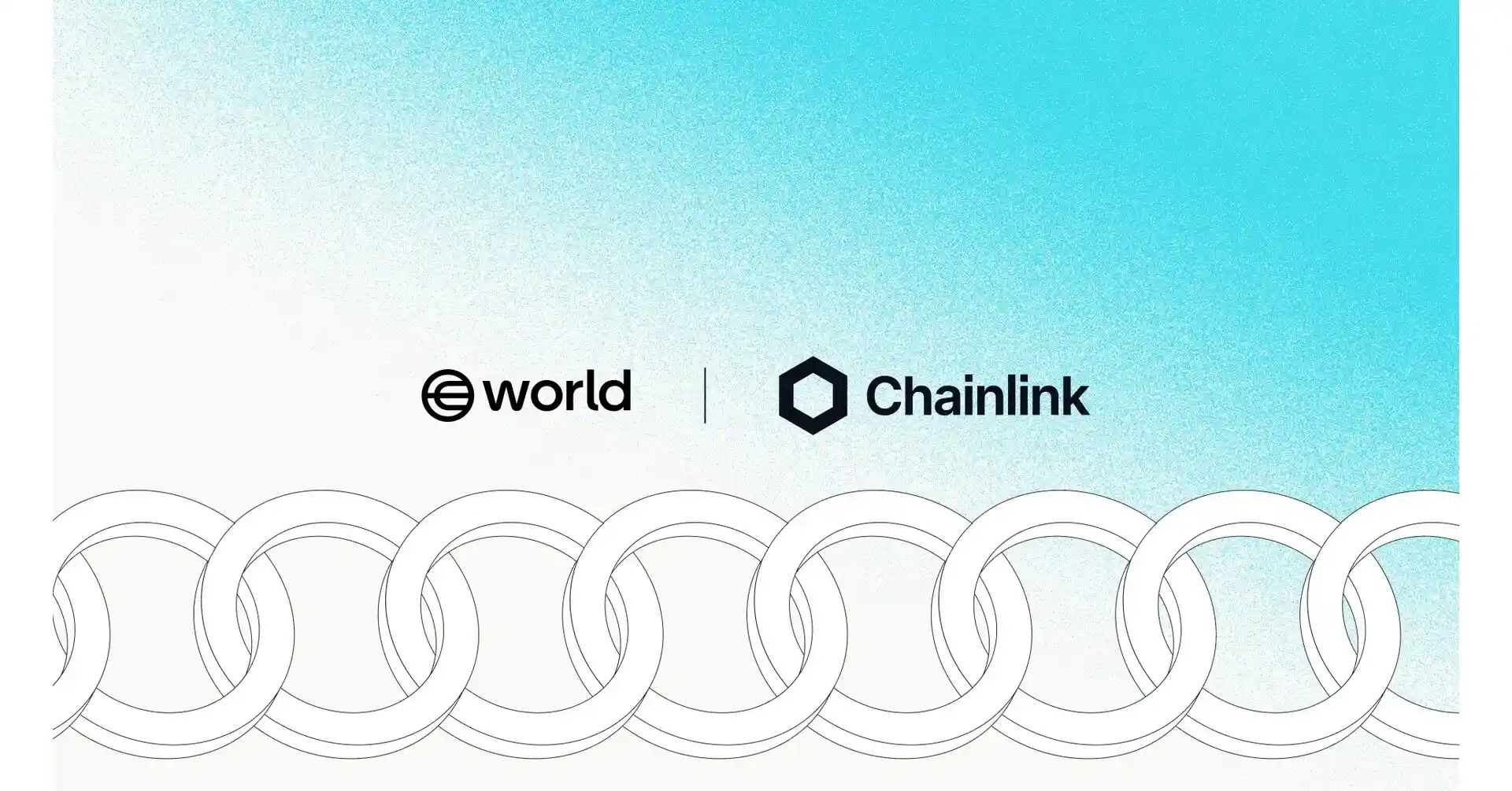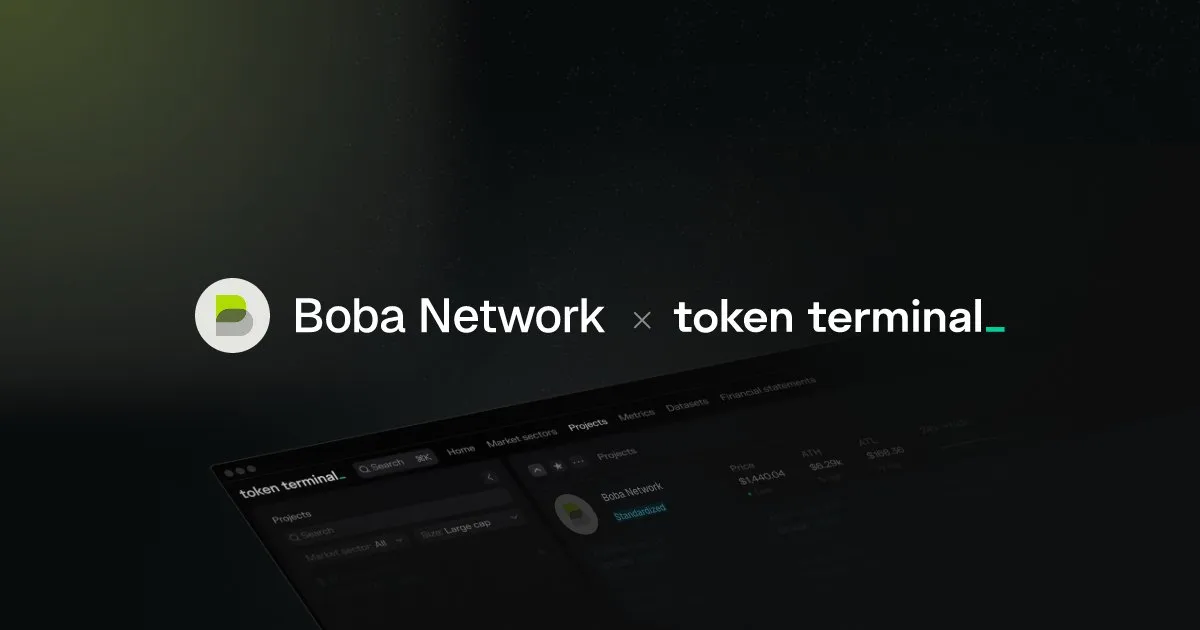The Nairobi Securities Exchange (NSE) secondary bond market has set a new benchmark for Kenya’s financial sector, crossing the KSh 2 trillion turnover mark as of September 24, 2025. This achievement cements the NSE’s role as one of Africa’s fastest-growing fixed-income markets, signaling a deepening pool of investors and a maturing capital market structure.
According to market data, this is the first time in Kenya’s history that the bond market has reached such levels within a single calendar year. The turnover is already more than 30 percent above the full-year record of KSh 1.544 trillion posted in 2024, with three months still left before the year ends.
Build the future you deserve. Get started with our top-tier Online courses: ACCA, HESI A2, ATI TEAS 7, HESI EXIT, NCLEX-RN, NCLEX-PN, and Financial Literacy. Let Serrari Ed guide your path to success. Enroll today.
The pace of growth has been extraordinary. In just two months since July 21, when the market turnover hit KSh 1.55 trillion, investors have added nearly KSh 500 billion in additional trading. On average, the market is now clocking around KSh 220 billion in monthly turnover, a figure that places the NSE firmly on track for KSh 2.6–2.7 trillion by year-end if current momentum continues.
The Bigger Picture: A Decade of Transformation
The remarkable surge in bond market activity reflects broader shifts in Kenya’s capital markets. Historically, annual turnover remained far below KSh 1 trillion prior to 2020. It wasn’t until 2021, when trading volumes surged to KSh 957 billion, that the market began its upward climb. By 2024, annual turnover reached KSh 1.544 trillion, setting the stage for the breakout seen in 2025.
The Central Bank of Kenya (CBK) has played a pivotal role in this transformation, both through its issuance calendar and secondary market reforms. The introduction of the Dhow CSD platform has also allowed retail investors easier access to government securities, a structural shift that has helped democratize participation in bond markets.
Weekly Momentum Confirms the Trend
The CBK’s weekly bulletins highlight just how strong momentum has become. In the week ending August 21, 2025, secondary market bond turnover doubled by 100.25 percent, reflecting surging institutional flows. A few weeks later, in the week ending September 18, turnover rose again by 36.7 percent, underscoring persistent appetite across both retail and institutional segments.
Such rapid growth suggests that the market is benefiting from both cyclical and structural forces. On one hand, government issuance and high coupon rates have encouraged active trading. On the other, investor confidence in Kenya’s credit outlook and liquidity conditions has strengthened secondary activity.
Key Drivers of the Surge
1. Oversubscriptions in Bond Auctions
Auction dynamics have been a key driver of liquidity. Recent tap sales and bond reopenings in August and September recorded subscription levels ranging between 200 percent and 400 percent. One striking example came in August when the government offered Sh50 billion worth of 15- and 19-year infrastructure bonds (IFBs). Investors responded with bids totaling Sh207.5 billion, marking an oversubscription rate of 414.9 percent.
This heavy demand in primary auctions spills directly into the secondary market as investors actively rebalance their holdings.
2. Expanding Retail Participation
Retail investors have become a cornerstone of the market’s expansion. SACCOs, self-help groups, and individuals now hold more than KSh 800 billion in government securities, more than double the figure recorded two years ago. The CBK’s Dhow CSD has been instrumental in this shift, allowing digital account opening and mobile access, which has lowered barriers to entry.
One decision can change your entire career. Take that step with our Online courses in ACCA, HESI A2, ATI TEAS 7, HESI EXIT, NCLEX-RN, NCLEX-PN, and Financial Literacy. Join Serrari Ed and start building your brighter future today.
3. High-Coupon Bonds Driving Premiums
Infrastructure bonds issued between 2023 and 2024 with coupon rates ranging from 14.4 percent to 18.5 percent are among the most heavily traded. In secondary markets, these instruments are fetching price premiums of up to 22 percent, as investors scramble for paper offering above-average yields. This trend has created vibrant turnover as bondholders exploit arbitrage opportunities between primary allocations and secondary premiums.
4. Short-Term Liquidity vs Long-Term Depth
While Treasury bills remain popular—particularly the oversubscribed 364-day T-bill—most secondary activity is clustered in long-tenor IFBs. This highlights a maturing investor base willing to lock into longer durations in exchange for higher coupons, but also seeking liquidity opportunities in the secondary space.
5. Credit Rating Upgrade
In August 2025, S&P Global Ratings upgraded Kenya’s sovereign rating from B- to B, citing improved liquidity management and fiscal consolidation measures. This vote of confidence has helped reinforce foreign and domestic investor appetite for government bonds. The government has also signaled intentions to pursue debt buybacks and longer-dated issuances to smooth maturities, with KSh 495 billion falling due in 2025 and another KSh 822 billion in 2026.
Risks and Challenges Ahead
While the bond market’s growth story is impressive, it also brings to the surface certain risks:
- Concentration Risk: Heavy trading is focused on a few high-coupon issues, leaving other bonds relatively illiquid.
- Volatility Exposure: Greater reliance on long-dated bonds exposes investors to sharper mark-to-market losses if interest rates swing.
- Fiscal Pressures: With gross financing requirements estimated at KSh 1.55 trillion for FY 2025/26, heavy borrowing could still crowd out private credit.
- External Vulnerabilities: A reversal of investor sentiment due to global shocks—such as U.S. Federal Reserve tightening—could reduce inflows and destabilize yields.
Market Outlook: What Comes Next?
Looking forward, the NSE bond market appears poised to sustain its momentum through the end of the year.
- Year-End Projection: At the current pace of KSh 220 billion in monthly turnover, total 2025 volumes could hit KSh 2.6–2.7 trillion.
- Debt Management Strategy: The government is weighing bond buybacks and longer-dated issuance to handle upcoming maturities. Such strategies, if executed successfully, would reduce refinancing risk while keeping investor confidence intact.
- Regional Leadership: With its liquidity and scale, Kenya is emerging as one of the top fixed-income hubs in Africa, rivaling South Africa and Nigeria in terms of depth and investor engagement.
- Retail Empowerment: Continued uptake of the Dhow CSD platform could further democratize access, especially if integrated with mobile money ecosystems like M-Pesa for seamless transactions.
Conclusion
The NSE’s crossing of the KSh 2 trillion milestone in bond turnover marks a pivotal moment for Kenya’s capital markets. It reflects not just cyclical drivers like high-coupon issuance, but also structural changes such as retail digital access, deeper institutional participation, and supportive policy.
As the government balances fiscal consolidation with heavy refinancing needs, and as investors navigate risks around duration and volatility, Kenya’s bond market will remain a vital barometer of the country’s financial health. If managed prudently, the secondary market could continue setting benchmarks for the region and reinforcing Nairobi’s role as an African financial hub.
Ready to take your career to the next level? Join our Online courses: ACCA, HESI A2, ATI TEAS 7 , HESI EXIT , NCLEX – RN and NCLEX – PN, Financial Literacy!🌟 Dive into a world of opportunities and empower yourself for success. Explore more at Serrari Ed and start your exciting journey today! ✨
Track GDP, Inflation and Central Bank rates for top African markets with Serrari’s comparator tool.
See today’s Treasury bonds and Money market funds movement across financial service providers in Kenya, using Serrari’s comparator tools.
Photo source: Google
By: Montel Kamau
Serrari Financial Analyst
2nd October, 2025
Article, Financial and News Disclaimer
The Value of a Financial Advisor
While this article offers valuable insights, it is essential to recognize that personal finance can be highly complex and unique to each individual. A financial advisor provides professional expertise and personalized guidance to help you make well-informed decisions tailored to your specific circumstances and goals.
Beyond offering knowledge, a financial advisor serves as a trusted partner to help you stay disciplined, avoid common pitfalls, and remain focused on your long-term objectives. Their perspective and experience can complement your own efforts, enhancing your financial well-being and ensuring a more confident approach to managing your finances.
Disclaimer: This article is for informational purposes only and does not constitute financial advice. Readers are encouraged to consult a licensed financial advisor to obtain guidance specific to their financial situation.
Article and News Disclaimer
The information provided on www.serrarigroup.com is for general informational purposes only. While we strive to keep the information up to date and accurate, we make no representations or warranties of any kind, express or implied, about the completeness, accuracy, reliability, suitability, or availability with respect to the website or the information, products, services, or related graphics contained on the website for any purpose. Any reliance you place on such information is therefore strictly at your own risk.
www.serrarigroup.com is not responsible for any errors or omissions, or for the results obtained from the use of this information. All information on the website is provided on an as-is basis, with no guarantee of completeness, accuracy, timeliness, or of the results obtained from the use of this information, and without warranty of any kind, express or implied, including but not limited to warranties of performance, merchantability, and fitness for a particular purpose.
In no event will www.serrarigroup.com be liable to you or anyone else for any decision made or action taken in reliance on the information provided on the website or for any consequential, special, or similar damages, even if advised of the possibility of such damages.
The articles, news, and information presented on www.serrarigroup.com reflect the opinions of the respective authors and contributors and do not necessarily represent the views of the website or its management. Any views or opinions expressed are solely those of the individual authors and do not represent the website's views or opinions as a whole.
The content on www.serrarigroup.com may include links to external websites, which are provided for convenience and informational purposes only. We have no control over the nature, content, and availability of those sites. The inclusion of any links does not necessarily imply a recommendation or endorsement of the views expressed within them.
Every effort is made to keep the website up and running smoothly. However, www.serrarigroup.com takes no responsibility for, and will not be liable for, the website being temporarily unavailable due to technical issues beyond our control.
Please note that laws, regulations, and information can change rapidly, and we advise you to conduct further research and seek professional advice when necessary.
By using www.serrarigroup.com, you agree to this disclaimer and its terms. If you do not agree with this disclaimer, please do not use the website.
www.serrarigroup.com, reserves the right to update, modify, or remove any part of this disclaimer without prior notice. It is your responsibility to review this disclaimer periodically for changes.
Serrari Group 2025












